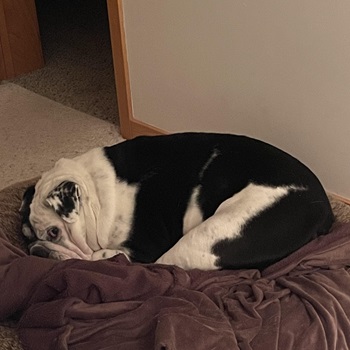In the age of technology where everyone is accessible all the time, it can be difficult to “turn off” work. We are constantly connected, getting email and Slack messages at all hours of the day and notifications for any new communication. While this increases productivity in many ways, it also increases stress. We’re all looking for ways to feel more peaceful and focused at work, trying solutions like meditation or taking a walk around the block during our lunch hour. But what happens when those practices aren’t strong enough? Read below for three practices to eliminate stress when self-care isn’t cutting it.
Delegate and Elevate™
Many of us are leaders both at work and home; the demands never stop, and we can feel pulled in all directions by the never-ending list of chores, deadlines, and tasks. The key to finding more balance and less stress is to delegate the tasks you don’t like and aren’t good at and use your time only for the things you like and are good at and love and are great at. I use a practice called Delegate and Elevate, developed by Gino Wickman, to categorize my tasks both at work and home. Simply categorize all of your tasks into these four quadrants: Love/Are Great At, Like/Are Good At, Don’t Like/Happen to Be Good At, and Don’t Like/Not Good At. Once you have a clear visual of where your tasks fall, focus on delegating all the things you don’t like or love doing.
It can sometimes be difficult to delegate at first, but you’ll often find that the tasks you don’t like are what someone else enjoys. Finding what you can swap with your co-workers will bring you all closer to feeling more fulfillment and less stress. Try handing off things without specific instructions as to how to complete the task. This hands-off approach creates space for others to shine and you to learn a new way of doing things. As long as the task gets completed and you have less stress, who cares what the process is, right? And remember – you can use this exercise at home as well!
Take a Clarity Break™
A common reason many of us are stressed is because we simply have too much going on in our brains. As busy leaders it can be difficult to carve out blank space for thinking, but I like to say that you need to create space in order to have space to create. I do this by taking a Clarity Break, also developed by Gino Wickman. A Clarity Break is a daily, weekly, or monthly time set aside to reflect and focus “on” the business instead of “in” the business. If you’re just starting this practice, begin with 60-90 minutes a week away from the office. Head to a park or coffee shop, sit in front of a legal pad and let your thoughts pour out on paper. As challenging as it may be, work to maintain a “technology free” space to minimize distractions.
It might be difficult to carve out the time at first, but you’ll soon realize that you are getting time back because you have a clearer vision and will be able to execute more effectively. Giving your brain a chance to recharge will increase your creativity and productivity.
Read tomorrow’s blog for my final practice!
